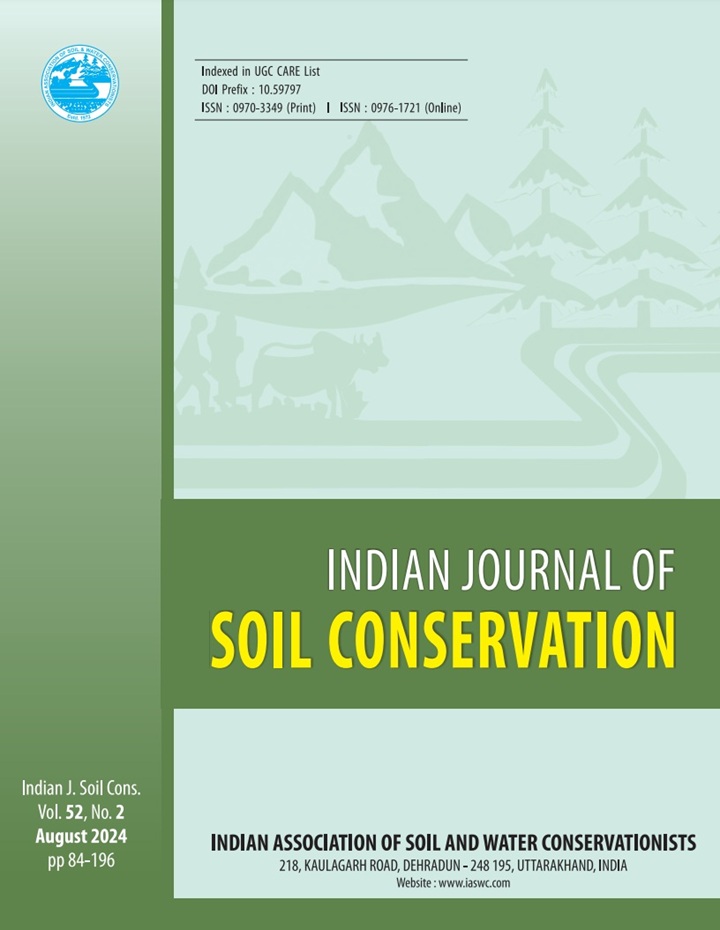An application of Analytical Hierarchy Process (AHP) technique for identifying groundwater potential zones in West Tripura district, Tripura, India: A case study
DOI:
https://doi.org/10.59797/c1wfkb93Keywords:
Analytic Hierarchy Process, Geomorphology, Geo-spatial, Groundwater Potential Zone, North East India, West TripuraAbstract
Groundwater is the most prominent supplier of fresh water to mitigate the water demands in day-to-day life. It fulfils the urge for water requirements for domestic, agricultural, industrial, and other developmental purposes. The present study mainly focused on identifying groundwater potential zones in West Tripura since it has the most populous and urbanised district. The Analytic Hierarchy Process (AHP) technique was adopted as a part of the Multi-Criteria Decision Analysis (MCDA) approach for gauging the potential groundwater areas by determining the quantitative weights of controlling factors are geomorphology, slope, lithology, soil type, rainfall, LULC, drainage, topographic wetness, curvature, topographic position, and lineaments. All the factors related to thematic layers are assigned to weight and overlayed in the geospatial environment to identify the groundwater potential zones (GWPZ). The outcome of the investigation is that the total area of excellent and good groundwater potential is 260.32 km2 (27.60%), followed by 520.13 km2 (55.17%) under the moderate potential zone. Consequently, 82.77% of the area falls within the groundwater potential zone, while 17.23% is under the poor potential zone. The ROC (Receiver Operating Characteristics) curve has been prepared to validate the groundwater potential map of the West Tripura district.









